A Ginger Bug is a fermentation starter for making homemade carbonated beverages. Once you learn how to make this delightful ingredient, you’ll be able to make delicious fermented sodas. Your homemade carbonated sodas will be gut healthy, probiotic rich, and much better for you than commercially made sodas.
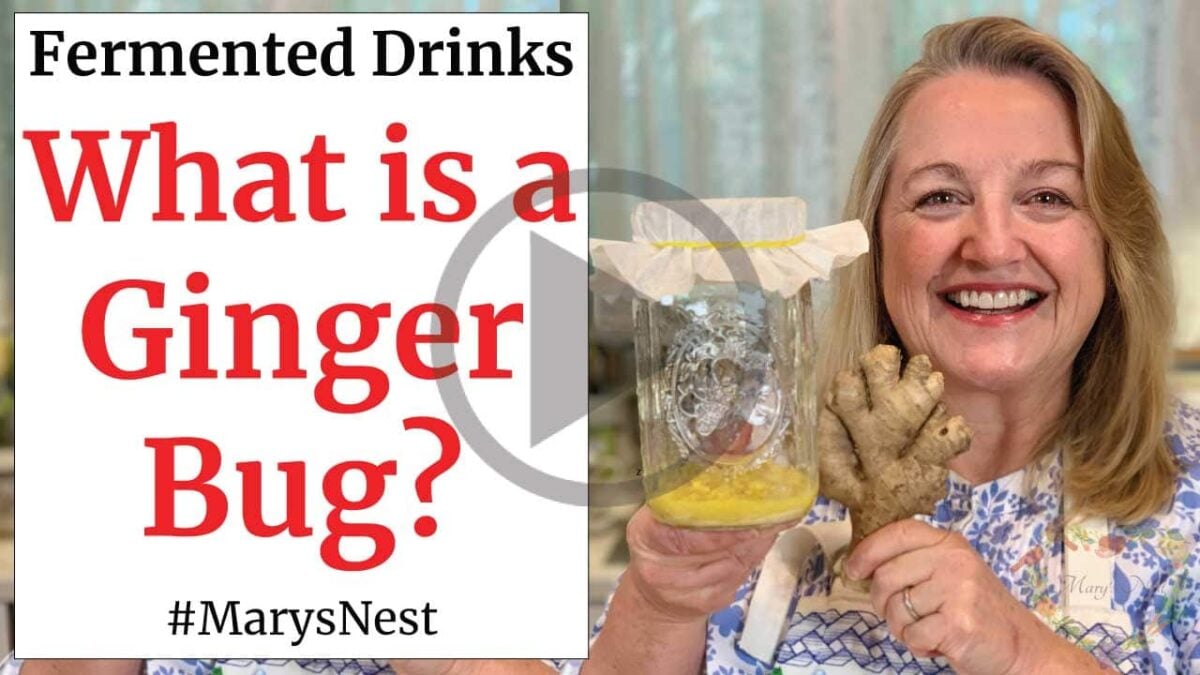
Affiliates note: As an Amazon Associate I earn from qualifying purchases. My content may contain affiliate links to products and services. If you click through and make a purchase, I’ll receive a small commission. It does not affect the price you pay.
Table of Contents
- How to Make A Ginger Bug
- Fermented Beverages
- Masontops Mason Jar Fermentation Kit Discount Coupon
- The Modern Pioneer Pantry
- Download Your Free 36-Page Pantry List
- The Modern Pioneer Cookbook
- Join the Traditional Foods Kitchen Academy
- Kitchen Academy Videos
- How to Make a Ginger Bug for Making Probiotic Rich Fermented Drinks Recipe
- Shop for My Favorite Items
How to Make A Ginger Bug
A Ginger Bug is easy to make and only takes a few minutes a day of preparation over the course of 5 days to ferment. Once it’s fermented, you will add a 1/4 cup of the ginger bug liquid to a quart of a sweetened beverage that you’ll decant into a sealed bottle.
Left undisturbed, the sweetened liquid ferments and becomes a carbonated drink that is gut healthy and probiotic rich and much better for you than commercially made sodas.
After you’ve made the Ginger Bug, be sure to use it to make Fermented Ginger Ale.
Fermented Beverages
Homemade Strawberry Soda—A Sweet and Bubbly Probiotic Treat
Made with fresh fruit and a ginger bug—simple, healthy, and so refreshing!
How to Make Tepache – An Anti-Inflammatory Fermented Pineapple Drink
This sparkling fermented pineapple beverage is rich in probiotics to support a healthy digestive system.
Beginner’s Guide to Kombucha Making
Now you can make Kombucha at home!
Masontops Mason Jar Fermentation Kit Discount Coupon
Although you don’t need any special equipment to start making ferments, the Masontops kit can help you simplify the process and enable you to create your ferment successfully. In my Masontops unboxing video, I show you my Masontops Complete Mason Jar Fermentation Kit and go over everything the kit includes.
- Use promo code MARYSNST for a one-time 15% off Masontops and Breadsmart products on Amazon.com. (This is not a sponsored post. Masontops provided me with a special discount code for my viewers. I like their products, and I think you will too.)

Order YOUR COPY Now!
The Modern Pioneer Pantry
Simple ingredients, timeless techniques, and a well-stocked pantry. Discover over 100 nourishing recipes to preserve food and turn pantry staples into delicious, homemade meals. Build a wholesome, traditional pantry—just like a modern pioneer!
Start Your Traditional Foods Journey
Sharing my passion for traditional cooking goes beyond my YouTube cooking school—it also comes to life in the pages of my cookbooks. Both of my books, The Modern Pioneer Cookbook and The Modern Pioneer Pantry, are proudly published by Penguin Random House.
The first is filled with time-honored recipes to help you create a traditional foods kitchen, while the second is your complete guide to home food preservation. Order both books today to start or continue your traditional foods journey.
Download Your Free 36-Page Pantry List
For an extensive list of the traditional foods you can make and purchase to stock your pantry, be sure to download my free 36-page Traditional Foods Pantry List. This comprehensive eBook is full of links to recipe videos, helpful articles, and more!
Join the Traditional Foods Kitchen Academy
Are you looking for more traditional foods videos? If so, I invite you to join the Traditional Foods Kitchen Academy. Members of this optional paid YouTube community get access to exclusive videos and other members-only perks. Plus, your YouTube comments include a special members-only badge.
Kitchen Academy Videos
How to Make Oatmeal Higher in Protein (The Old-Fashioned Way)
Turn simple oats into a hearty, protein-rich porridge.
The Only Traditional Recipes You’ll Ever Need!
Focus on traditional recipes with real food. Don’t chase trends.
Let’s Talk Akkermansia: A Tiny Helper for Big Gut Health
Discover how Akkermansia muciniphila supports gut and immune health—and how traditional foods help this mighty microbe thrive.
Stay in Touch with Mary’s Nest
- Subscribe to My YouTube Channel for Traditional Foods Videos (Free) - When you subscribe, be sure to click on the notification bell that will let you know each time I upload a new video.
- Subscribe to Mary’s Traditional Foods Newsletter (Free) - Get a free 36-page eBook for signing up: How to Stock Your Essential Traditional Foods Four-Corners Pantry.
- Join the Traditional Foods Kitchen Academy - For more detailed videos and exclusive members-only perks, join my YouTube membership community.
- Order The Modern Pioneer Cookbook - Get a hardcover book of Mary's nourishing recipes from a Traditional Foods Kitchen. This bestselling cookbook is published by Penguin Random House with their DK imprint.
- Order The Modern Pioneer Pantry - Get Mary's latest hardcover cookbook about preserving food and making delicious meals from your Four Corners Pantry. Mary's second cookbook is also published by Penguin Random House.
I look forward to having you join me in my Texas Hill Country Kitchen!
I’d like to receive more tips and recipes from Mary’s Nest.
How to Make a Ginger Bug for Making Probiotic Rich Fermented Drinks
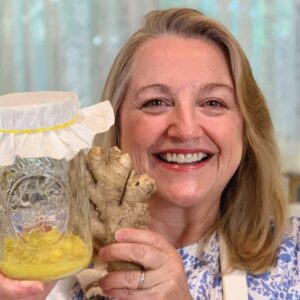
Ingredients
- 10 tablespoons Grated ginger, peeled
- 5 tablespoons White cane sugar
- 10 tablespoons Filtered water Chlorine free
Instructions
- Day 1: Add 2 tablespoons of grated ginger, 1 tablespoon sugar, and 2 tablespoons water to a quart-sized jar and stir well. Cover the jar with a coffee filter or clean fabric and leave undisturbed in a warm place for 24 hours.
- Day 2-5: Repeat steps outlined in Day 1.
- After 5 days, your Ginger Bug is ready to use to make fermented beverages, such as Ginger Ale. (See Recipe Notes.)
Video
Notes
Shop for My Favorite Items
Favorite Fermentation Equipment
- Food Processor
- Measuring Cups and Spoons
- Stackable Glass Bowl Set
- Colander
- Flour Sack Towels
- 4-cup Measuring Cup
- Magic Whisk
- Funnel
- Bottles with Screw Top
- Swing Top Bottles
Amazon Shop and Shopping Guide
- Visit Mary’s Nest Amazon Shop
- Get a 30-day Audible trial with a free audiobook
- Visit my Shopping Guide page
Get up to 15% off for stocking your Traditional Foods Pantry and equipping your Modern Pioneer Kitchen, including discounts from US Wellness Meats, Farmhouse Teas, Backwoods Home, Masontops, Cultures for Health, Survival Garden Seeds, Redmond Real Salt, and More!
Recommended Reading
- The Modern Pioneer Cookbook
- The Modern Pioneer Pantry
- Nourishing Traditions
- Fermentation Books
- Wild Fermentation: The Flavor, Nutrition, and Craft of Live-Culture Foods (2nd edition)
- The Art of Fermentation: An In-Depth Exploration of Essential Concepts and Processes from around the World
- Fermented Vegetables, 10th Anniversary Edition: Creative Recipes for Fermenting 72 Vegetables, Fruits, & Herbs in Brined Pickles, Chutneys, Kimchis, Krauts, Pastes & Relishes
- The Farmhouse Culture Guide to Fermenting: Crafting Live-Cultured Foods and Drinks with 100 Recipes from Kimchi to Kombucha
- Traditionally Fermented Foods: Innovative Recipes and Old-Fashioned Techniques for Sustainable Eating
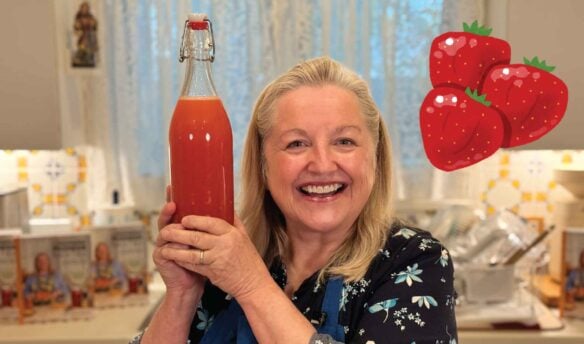
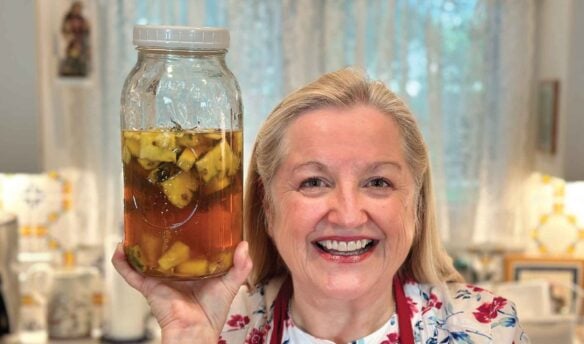
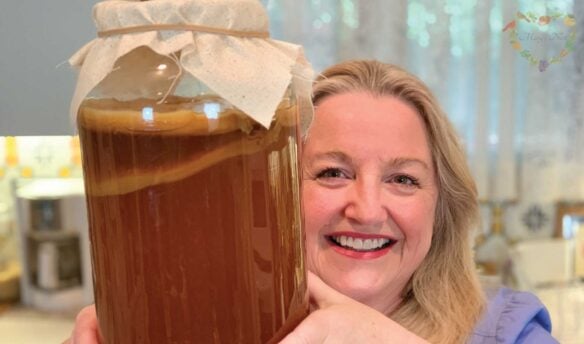
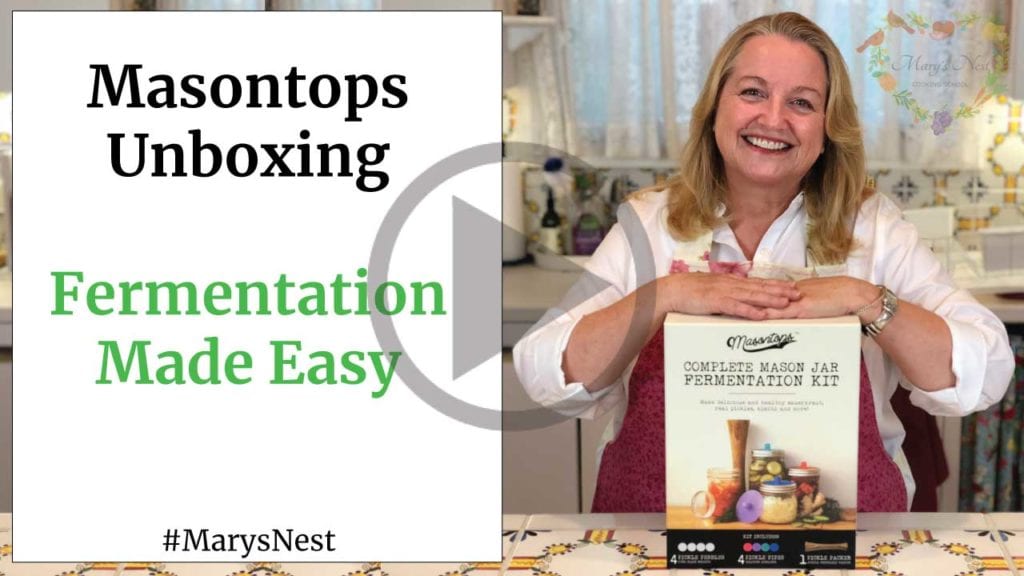



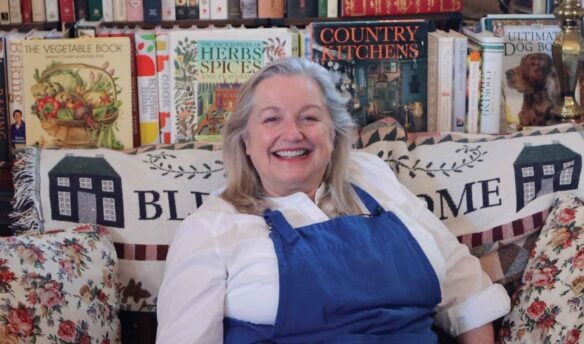
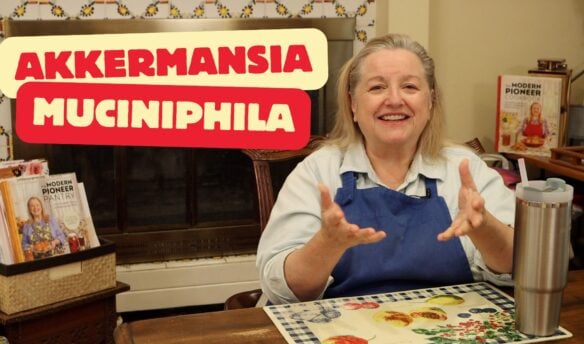
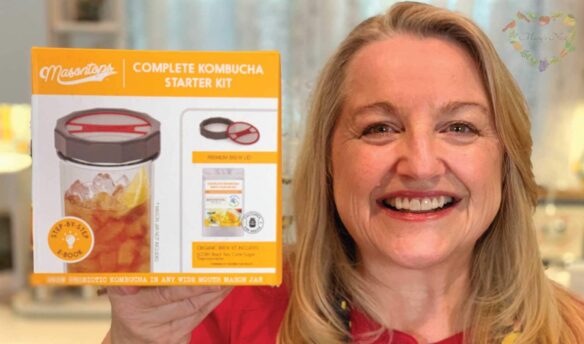

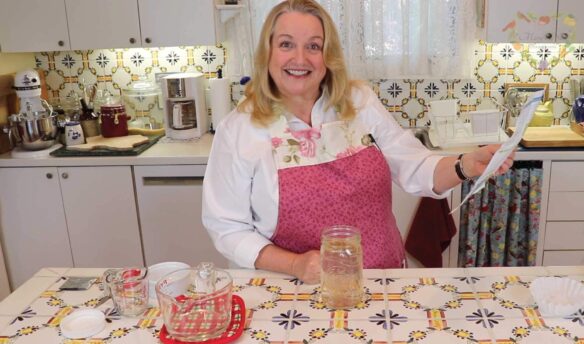
My bug isn’t fizzy, doesn’t look fermented at all. Let me tell you what I did, it might be my fault. Day 1 was a leisure day, so I grated all 10 tbsp of ginger. I knew the rest of the week would be hectic, so I froze the ginger in tbsp cubes, and just dropped 2 in every day, with the water (Poland spring) and sugar. It’s been so hot here so I knew the cubes would melt fast, which they did, and I know the fridge doesn’t kill ferments, so I figured they’d be ok. But there’s no bubbly action happening. Day 6 I even added another helping of water and sugar, but still nothing. What are your thoughts? Is there any hope?
Hi Chris, I understand completely. Ferments of any type can be VERY persnickety! I think the problem is the heat. Ferments don’t do well when it gets too hot – and unfortunately, they don’t like temperature swings either. So trying to modulate the temperature can upset them! Oh dear! They are so fussy!! I think the best thing to do, might be to try and start another “bug” once the temp in your home can be somewhere in the 68F-72F range. Keep me posted. Love, Mary